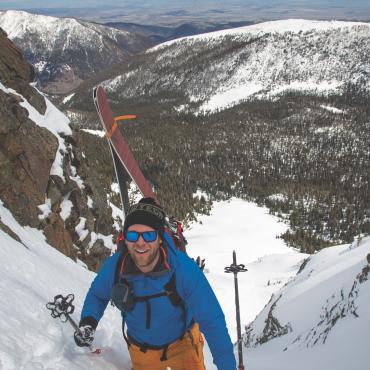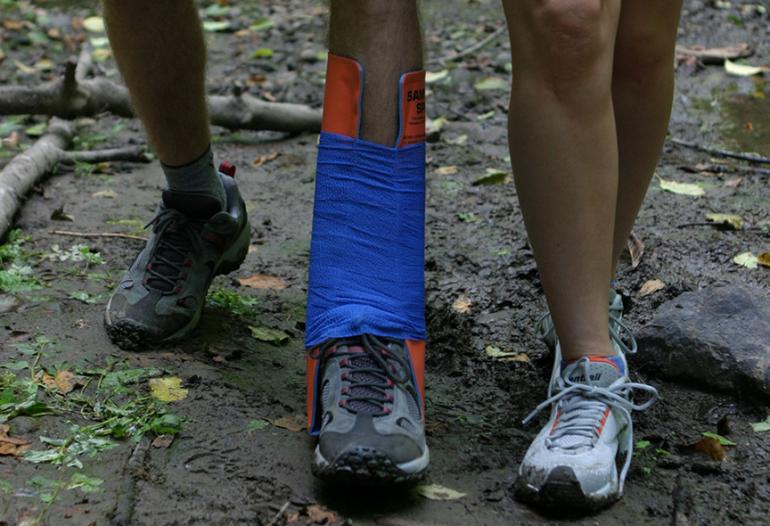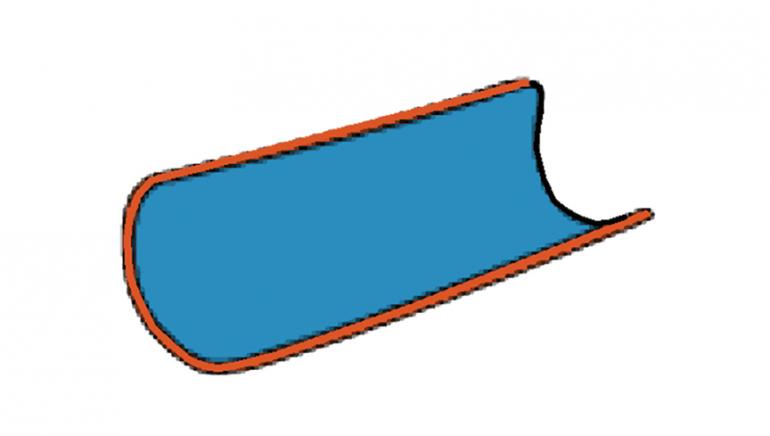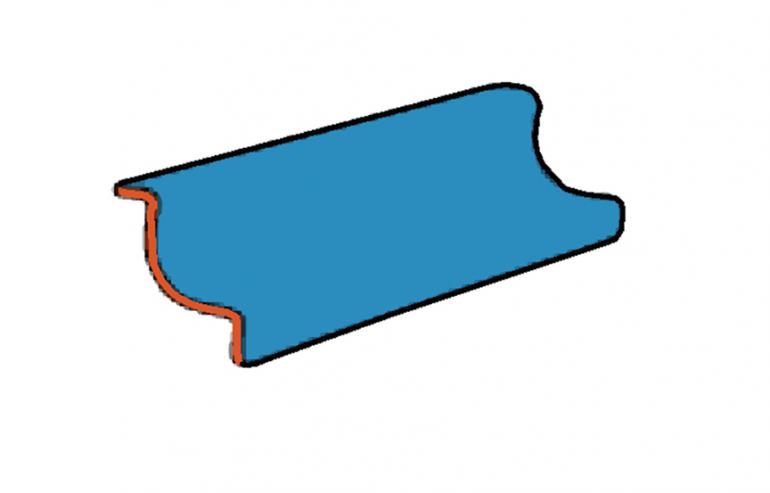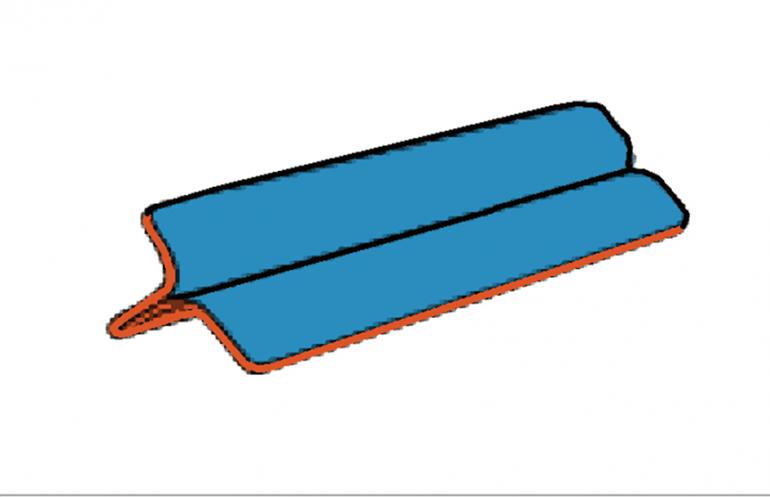SAM I Am
A first-aid necessity
Whether you’re biking the Bangtail Divide or backpacking through the Lee Metcalf Wilderness, you should always carry a first-aid kit, and that kit should include at least one SAM splint. These versatile, lightweight (4 oz.), reusable emergency tools are useful in a variety of situations and can be used to splint nearly any part of the body. (Camper’s tip: they also make great mug insulators, stove-flame guards, emergency canoe paddles, and a whole lot more.)
Originally developed by a Vietnam War trauma surgeon who saw the need for a lighter, more portable splint, SAM splints are now used extensively by emergency medical crews, search-and-rescue teams, the military, Outward Bound, and NOLS. Open any mountain professional’s pack and you’ll find one.
The construction is simple: a thin core of aluminum alloy bonded to outer layers of closed-cell foam—hence “SAM,” which stands for Structural Aluminum Malleable. These ingenious splints can be folded and crammed into packs easily, but when bent into functional curves, they provide rigid, strong support. SAM splints come with in-depth instructions for splinting almost any traumatic injury, but we’ll cover the three basic shapes and their corresponding applications.
C-Curve—Strong
The simplest and easiest shape to bend. Use your hands to bend the SAM splint into a C-channel—the deeper the bend, the more strength and rigidity it provides. Good for finger and wrist injuries.
Reverse C-Curve—Stronger
Bend a normal C-Curve, then increase the rigidity even more by bending the outside edge in the reverse direction. Good for lower-leg injuries.
T-Curve—Strongest
Fold the splint in half and pull the outer edges together. Then bend the outer edges in the opposite direction to create a T-shaped beam. Good for when immobilization is critical.

